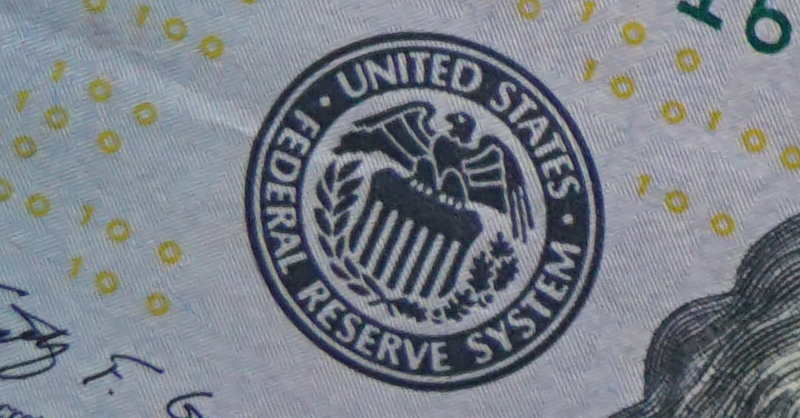US Fed, banks arming for combat over tougher regional bank rules after SVB failure
14 March 2023 20:08 by Neil Roland

The US Federal Reserve and the main US banking group appear to be stockpiling weapons as a battle brews over stiffer mid-sized bank rules following the collapse of Silicon Valley Bank and Signature Bank.
The Fed fired a warning shot yesterday when it announced a breakneck review of its SVB supervision and regulation, with findings to be publicly released May 1.
The inquiry is to be led by the central bank’s top regulator, Michael Barr, an architect of the Dodd-Frank Act and a critic of its partial rollback during the Trump administration.
“We need to undo the damage caused by the last four years of policy,” he said in a 2020 public interview, including “building resiliency in the financial system with stronger capital and liquidity regulations.”
Smelling gunsmoke, the Bank Policy Institute, the leading bank group, has lobbed volleys of its own since yesterday’s Fed announcement.
The group has pinned responsibility for SVB’s failure on bank management and lax Fed supervision, while drawing a hard line on new rules.
“The failure of SVB appears to be a failure of management and supervision, not regulation,” Bank Policy Institute said today.
It said that liquidity requirements that were eased during the Trump era had nothing to do with SVB’s collapse, since the bank held most of its assets in long-term Treasuries and mortgage-backed securities.
Silicon Valley Bank’s “problem was that those securities’ value sunk when interest rates rose,” the group said.
In another pre-emptive strike, the Bank Policy Institute cast doubt on the validity of a Fed review done in seven weeks.
“It is a good rule of thumb that the speed and certitude with which anyone opines on a problem of this complexity is inversely proportional to the seriousness with which that opinion should be taken,” the group said yesterday.
The Wall Street Journal editorial page, which carries significant influence with Republican policymakers, also has weighed in.
“Before the 2018 law, most mid-sized banks had to comply with the same regulations as big banks,” the editorial yesterday said. “But these wouldn’t have prevented either bank’s failure from their risk-management mistakes.”
Déjà vu
The simmering clash has a sense of déjà vu because it’s what occurred when the banks took on Obama-era regulators, and lost, in the runup to the Dodd-Frank Act in the wake of the 2008 financial crisis.
But the banks got their revenge during the Trump administration when a 2018 law loosened oversight of banks with $50 billion to $250 billion in assets, and relaxed liquidity, stress-test, and resolution rules for banks with $100 billion to $700 billion in assets.
The Fed, led by Barr’s predecessor, Randal Quarles, piled on, easing regional bank requirements beyond what the law mandated.
Procedures
The Fed has the authority to unilaterally tighten its bank supervision and can do so immediately, mostly at Barr’s direction.
The central bank has likely fortified supervision already in light of the supervisory holes exposed by SVB and the different approach taken by Quarles, Barr’s predecessor.
Quarles urged supervisors to be more collaborative and less adversarial, an approach that may have lingered.
The rulemaking process takes longer, involving all the Fed governors and a time-consuming procedure.
A rule change requires a proposal to be issued for public comment following a vote by a majority of the six governors. The Fed will then review these comments, consider possible changes, and vote on whether to go forward with a new rule.
Following the scheduled May 1 release of review findings, Barr would have to get the concurrence of at least three other governors if he wanted to move forward with a rule change.
Chairman Jerome Powell has told lawmakers publicly that he would support the vice chairman for supervision on regulatory matters, as he did during the Trump administration.
Michelle Bowman, who holds the community bank seat on the board, is likely to fight a return to stiffer regulation of banks with $50 million to $100 million in assets. That wouldn’t limit Barr from trying to restore tighter oversight of banks with $100 million to $700 million in assets.
The three other governors — Christopher Waller, Lisa Cook and Philip Jefferson — haven’t shown their hand on regulatory policy, but seem likely to defer to Barr and Powell.
Related Articles
No results found
